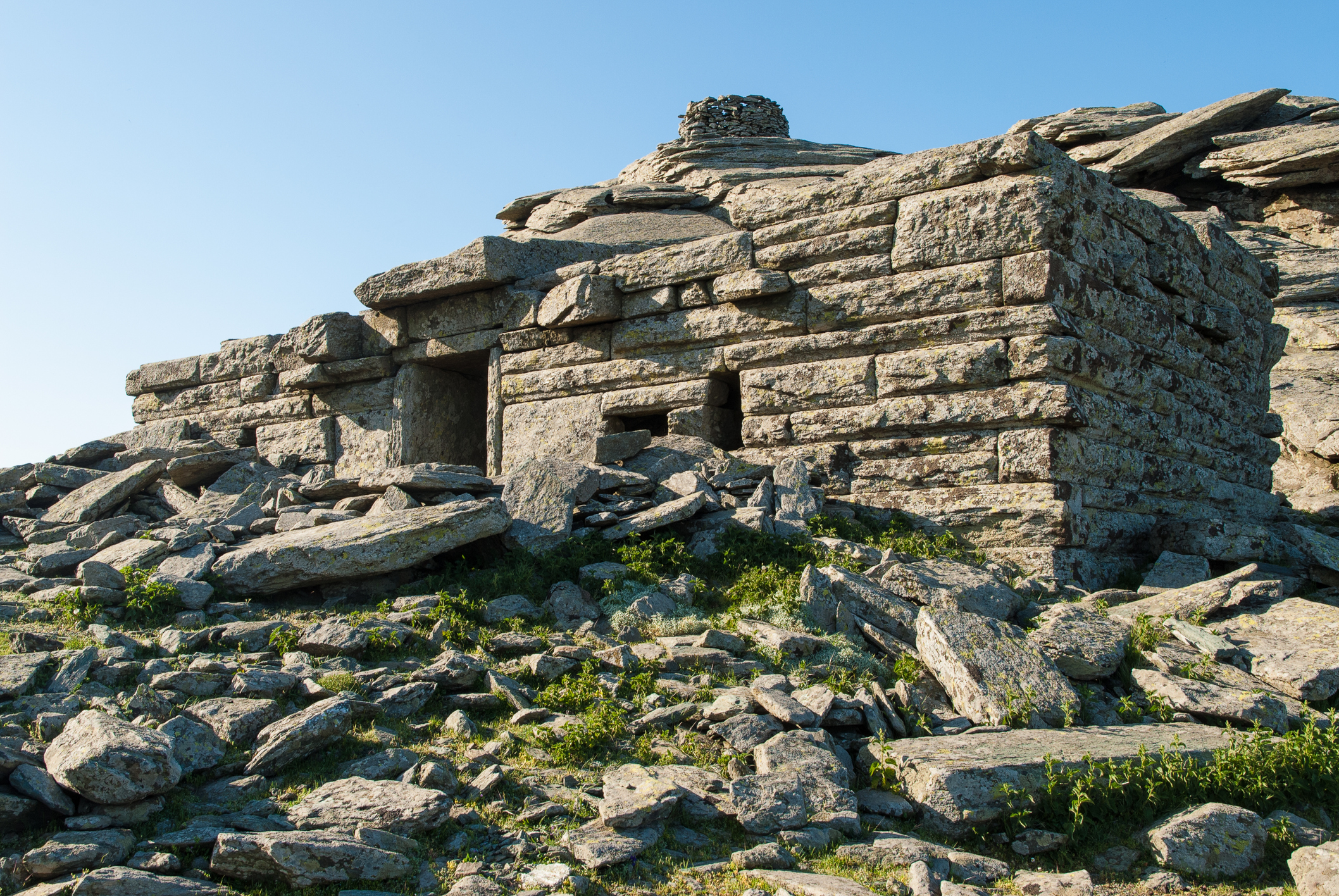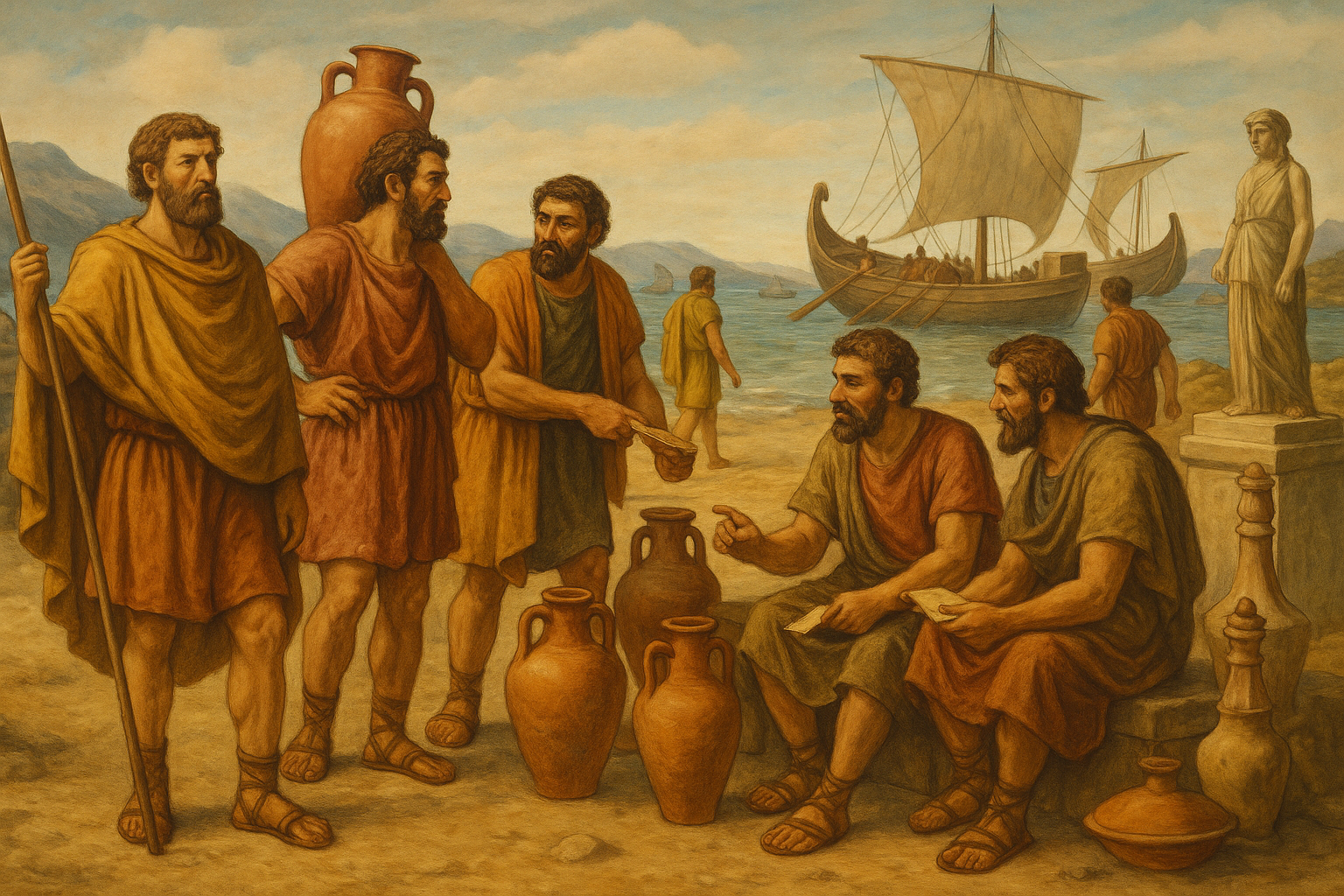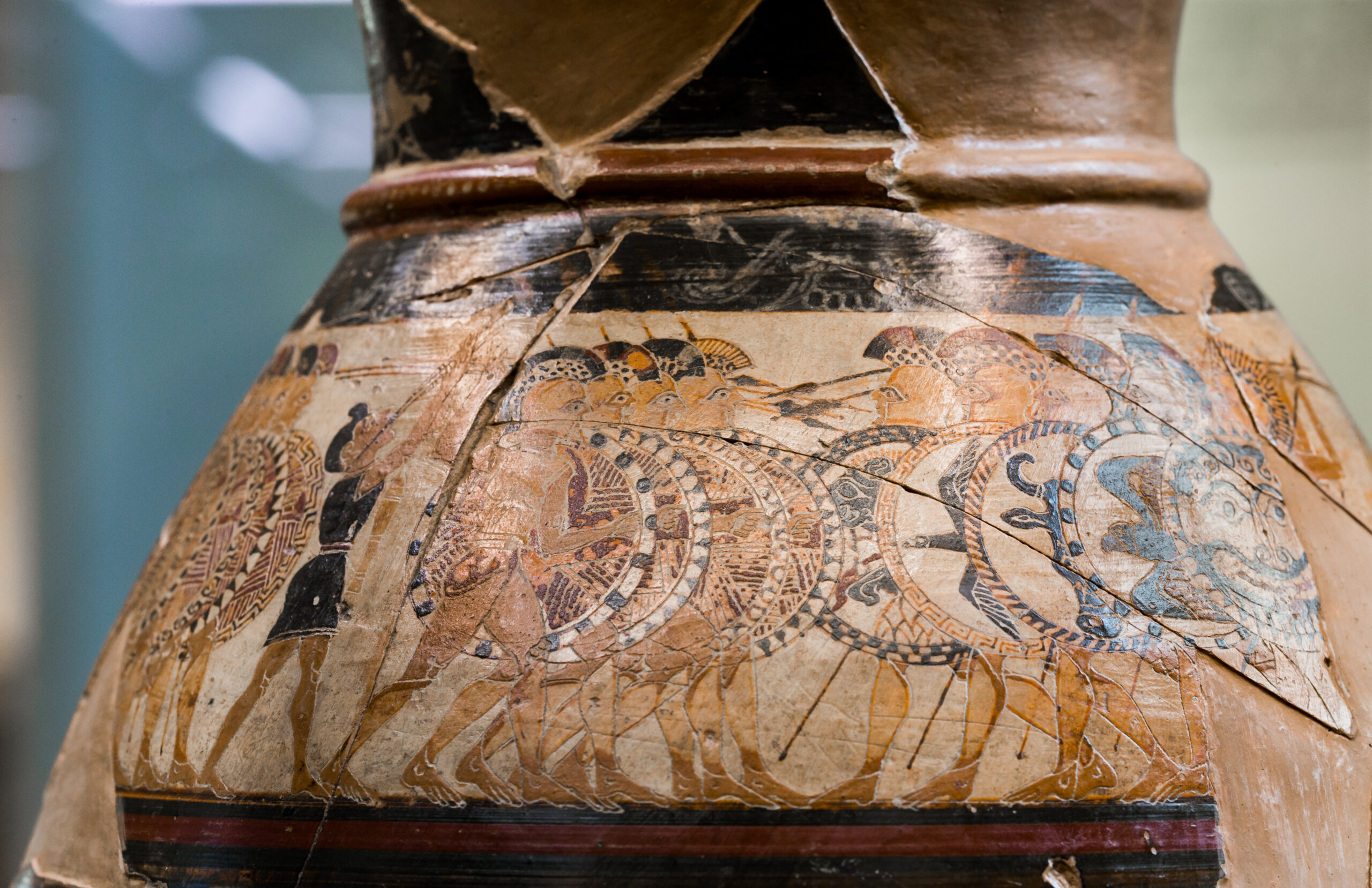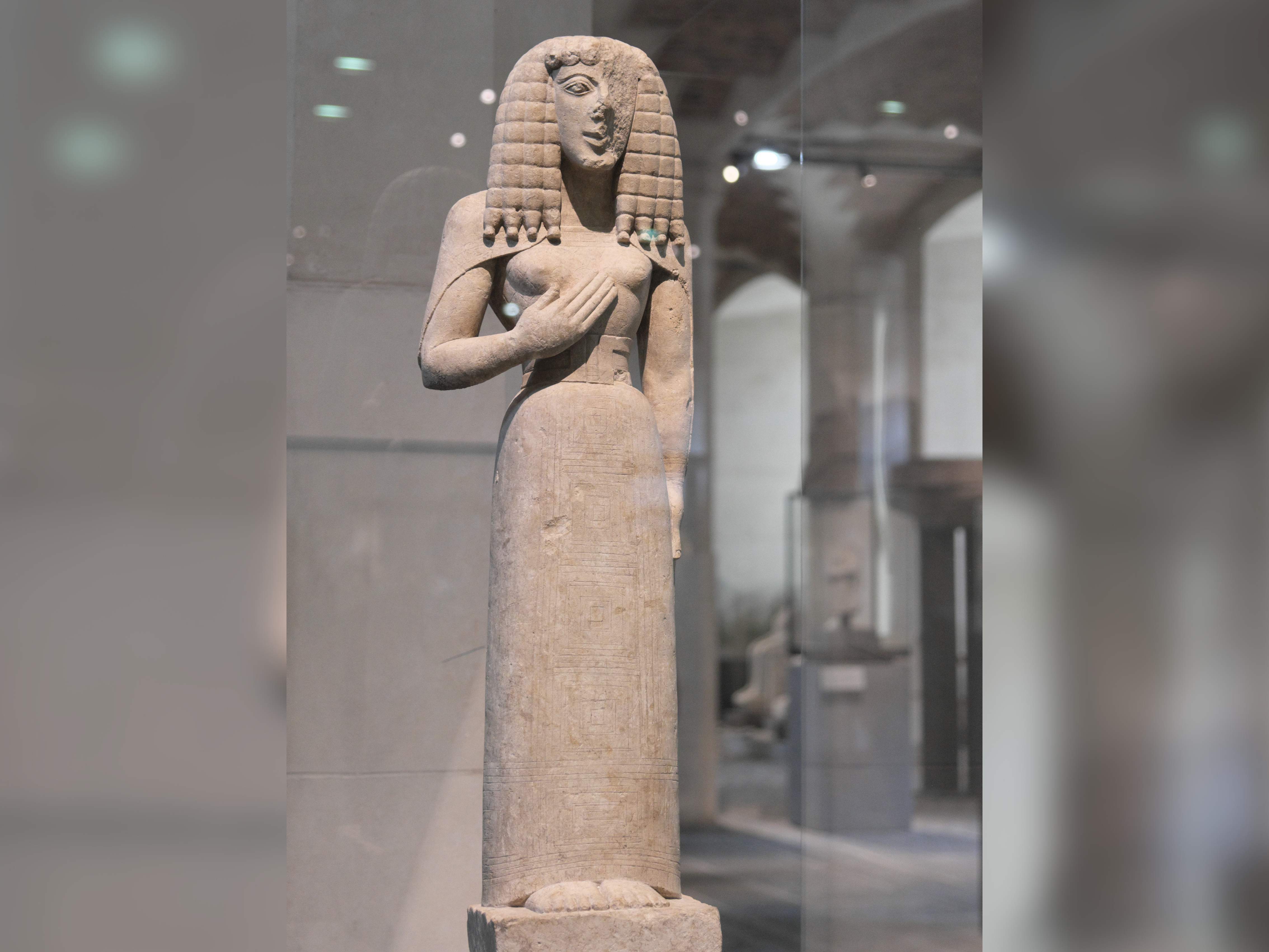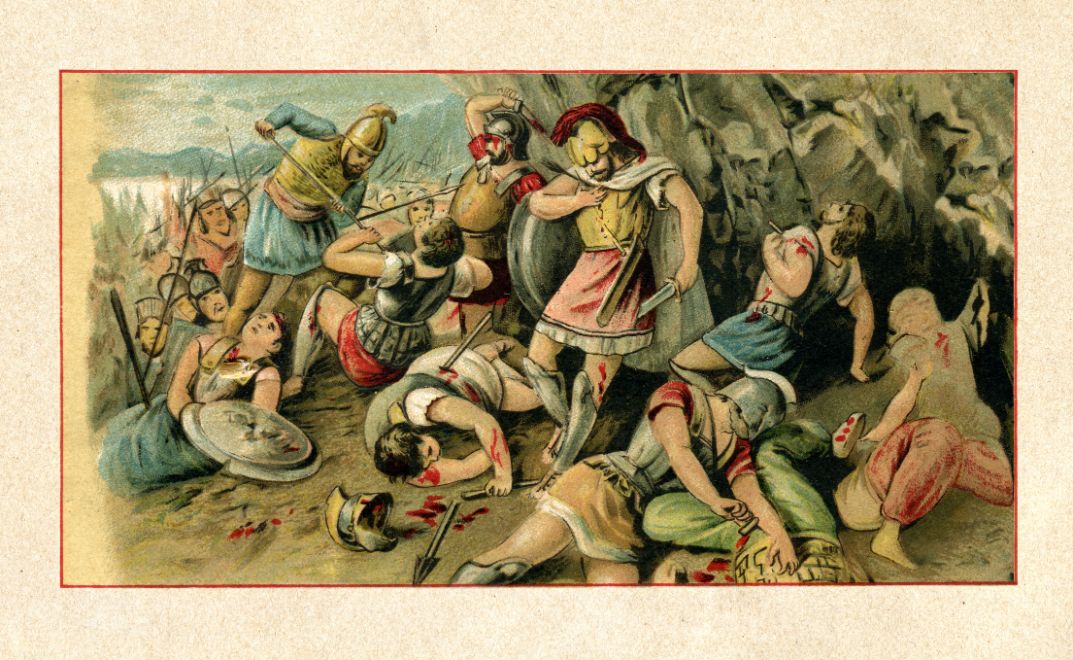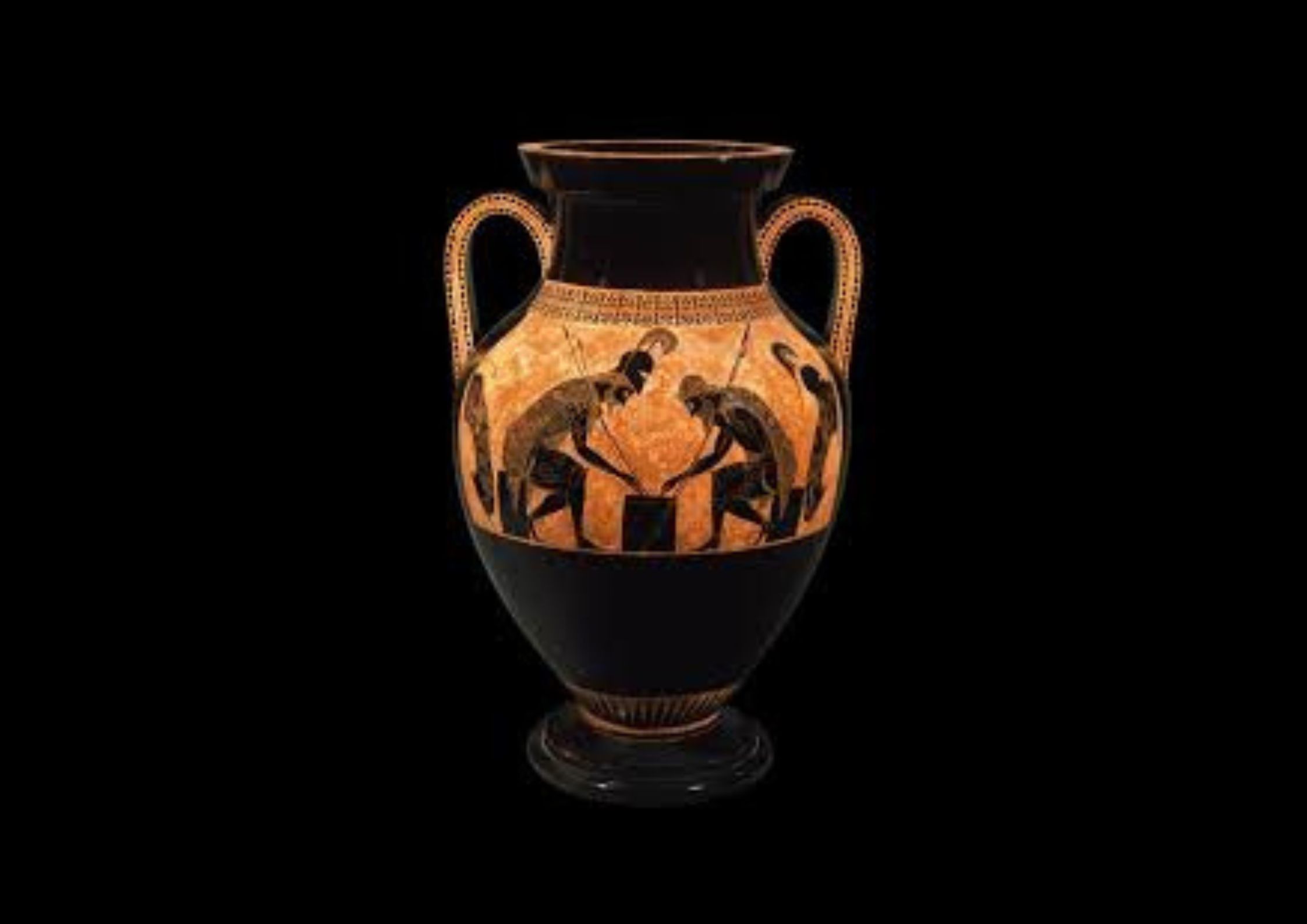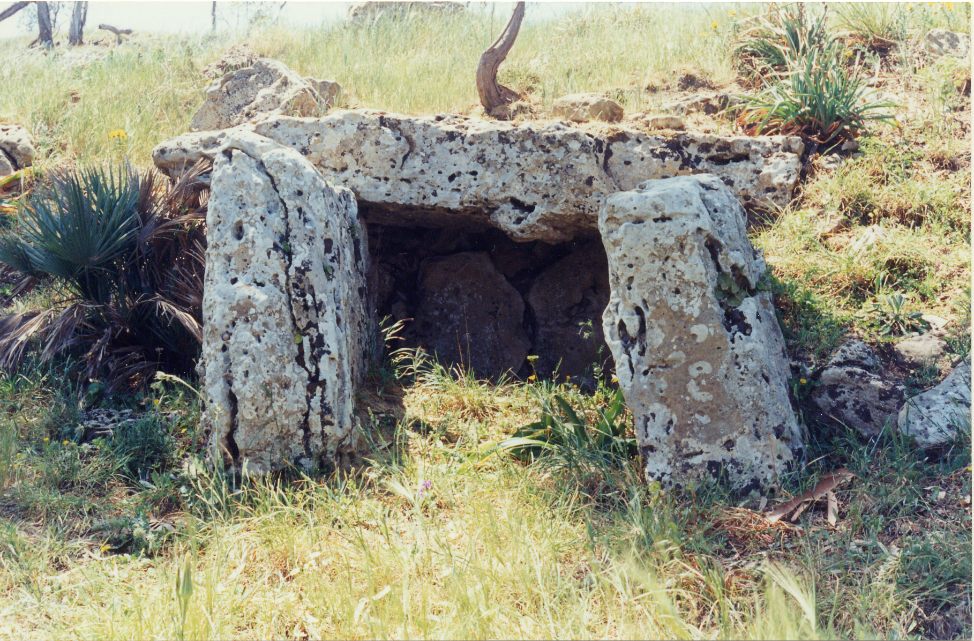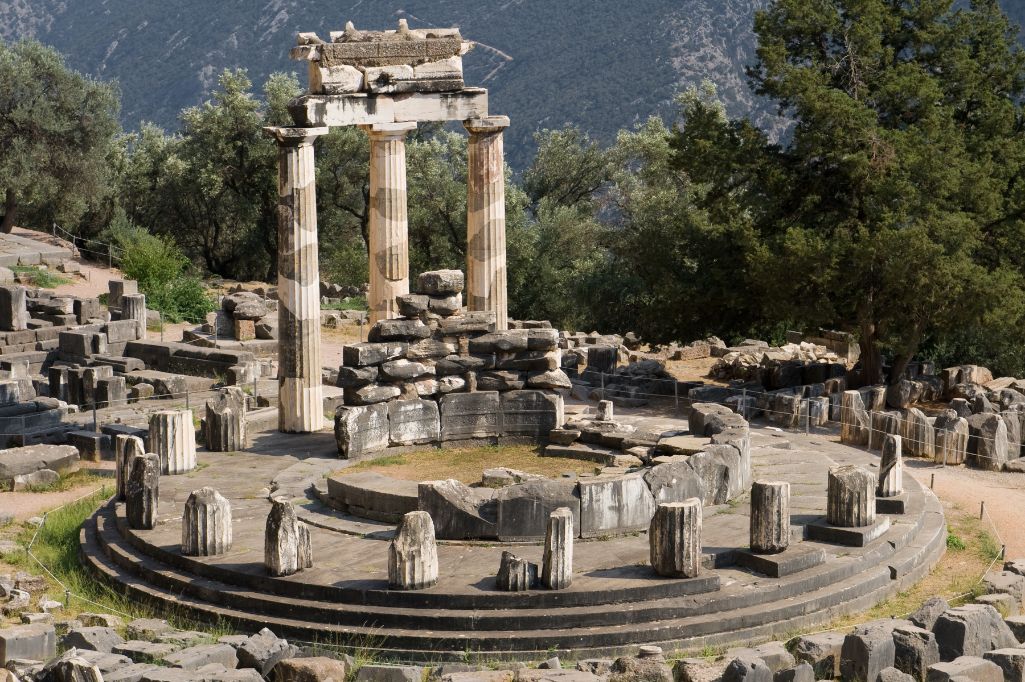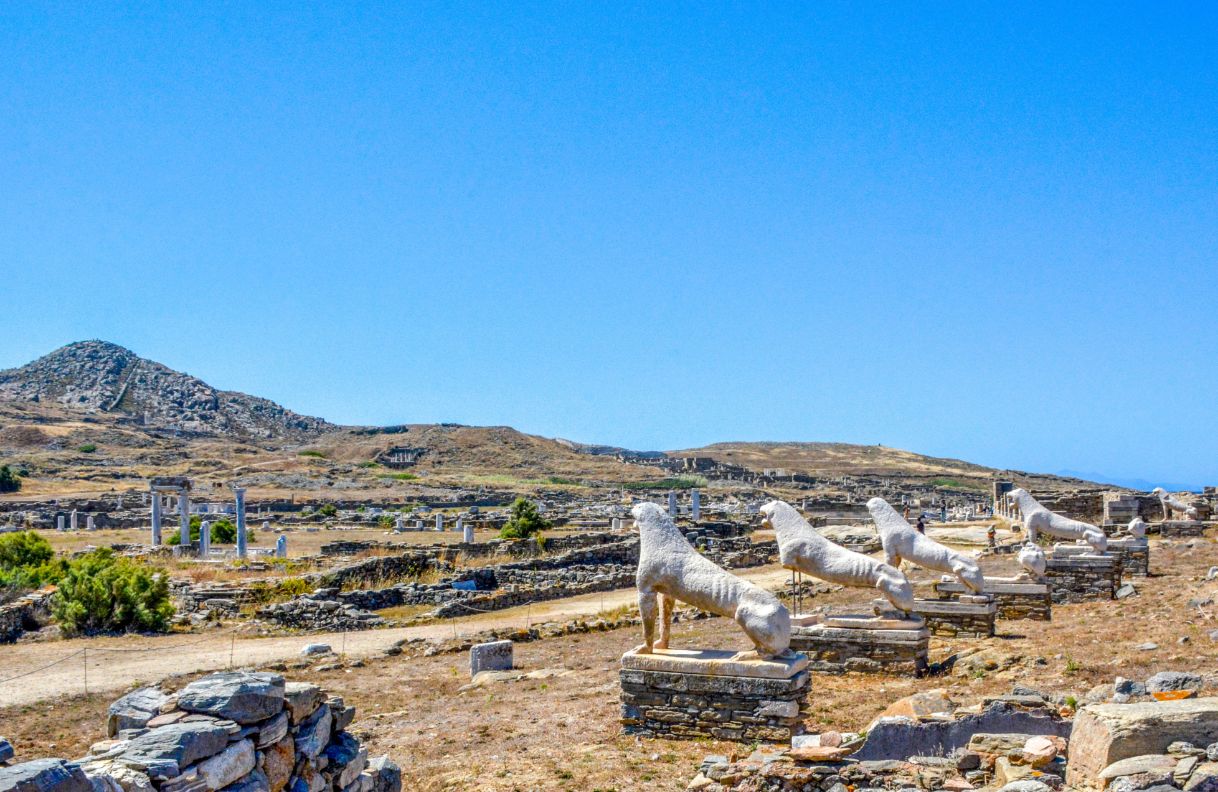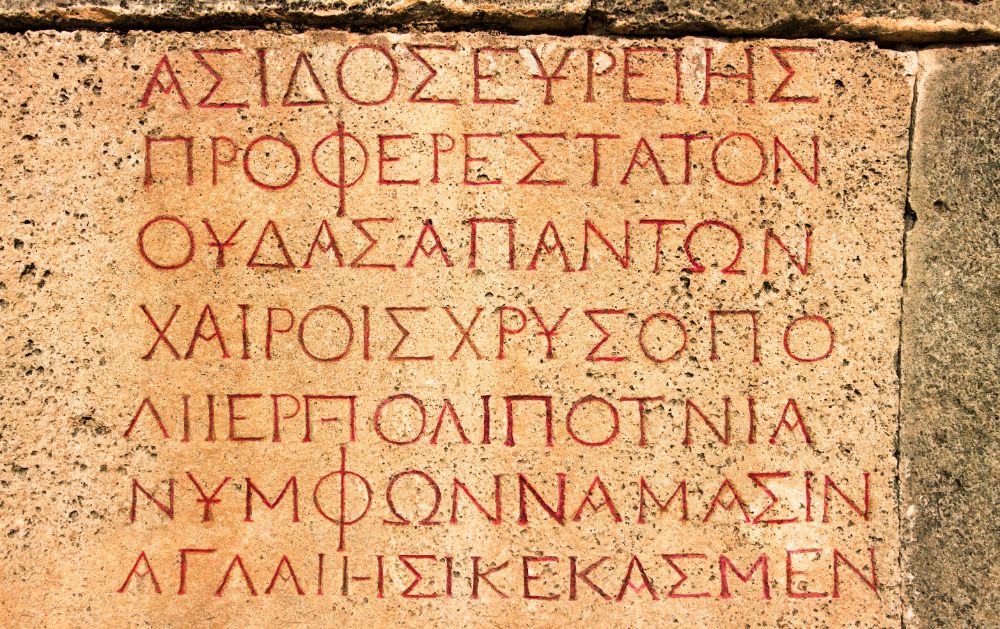A Pivotal Example of Early Pre-Classical Greek Sculpture
Dame d’Auxerre is a renowned example of early pre-Classical Greek sculpture, dating back to around 650-600 BC. Discovered in Auxerre, France, this limestone statue exemplifies the “Daedalic” style, characterized by its formal rigidity and stylized features, reflecting early attempts at naturalism.
The figure typically represents a standing woman, often interpreted as a goddess or a votive figure, distinguished by its elongated proportions and schematic facial features, with an emphasis on elaborate hair and drapery. The rigid posture, with the arms held close to the body and an emphasis on frontal symmetry, signifies the transitional nature of the period, moving away from the abstract forms of the Geometric era toward more lifelike representations.
Dame d’Auxerre is significant as it reflects the religious and cultural practices of the time, possibly serving as a dedicated offering to a deity. Its stylistic attributes also illustrate the influence of Near Eastern art, showcasing how cultural exchanges were shaping early Greek artistic expressions. This work serves as a pivotal point in the evolution of Greek sculpture, laying the groundwork for the developments that would follow in the Archaic and Classical periods.


